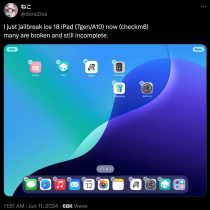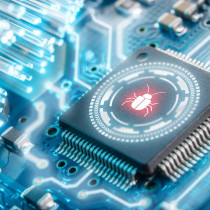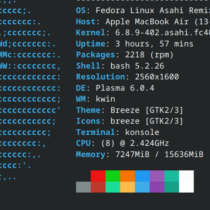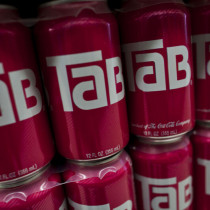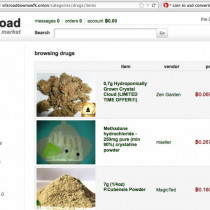Toxic trade: why junk electronics should be big business
The global manufacturing of electric and electronic devices requires a total of $21 billion in gold and silver every year, yet less than 15 percent of these valuable metals are recovered from electronic waste, according to representatives at the UN-backed initiative, Solving the E-waste Problem (StEP).
At current rates of production, $16 billion (or 320 tons) in gold and $5 billion (7500 tons) in silver are put into media tablets, smartphones, computers, and other devices annually. With growth in demand for smartphones and media tablets showing little sign of diminishing in the next few years, the flow of gold and silver from deposit to waste facilities is only likely to accelerate.
The result is that, collectively, refuse sites are effectively sitting on precious and valuable metal "deposits" worth billions of dollars. StEP points to the steady and extremely rapid growth in the price of gold in the decade up to 2011—from $300/ounce to $1500/ounce—despite a 15 percent increase in supply in that period. The values of silver, copper, tin, and to a lesser extent palladium (all used in the manufacture of electronics devices), are also markedly higher today than 10 years ago. Hence, e-waste itself is an ever more valuable, and therefore tradable, commodity.











